Architecture studio Johnston Marklee is best known for designing sophisticated, site-sensitive buildings befitting the display and production of visual art. The Los Angeles–based firm has designed multiple galleries and exhibition pavilions, and its most internationally renowned work is the 2019 AN Best of Design Award-winning Menil Drawing Institute.
Yet principal Sharon Johnston, who founded the firm alongside partner in business and life Mark Lee in 1998, is quick to point out that the eponymous firm has “produced a diverse body of works” that defies any strict scale or type. “Our interest is in history and working within the landscape,” said Johnston.
“A key part of our practice is pushing out of bounds to look back at questions we as architects ask with a fresh lens,” Johnston continued. “A diversity of voice is something we cultivate with a lot of intentions.”
That diversity is most apparent in the number of private homes that Johnston Marklee has designed in Southern California and locales farther afield, including Argentina, Hawaii, and Marfa, Texas. Each of the firm’s residential projects responds to the surrounding landscape, be it the high desert or abutting the Pacific Ocean, in subtle yet innovative ways. The homes also possess, to quote Johnston, an embedded “sense of intimacy and generosity” that can be found throughout the firm’s output, which also includes retail environments for clients such as Knoll, Aesop, and Chan Luu.
“A sense of the domestic is core to all of our work,” said Johnston, who noted that the firm’s approach has benefited from working with a specific group of clients who are “looking for new frames of reference…and we like fitting into this space.”
Vault House
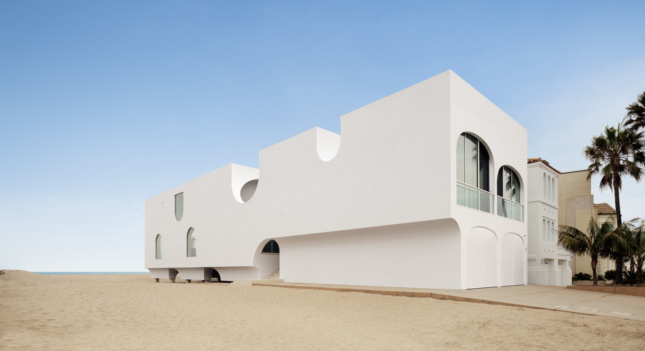
The buoyant Vault House is stretched out on a bed of piles drilled deep into a sandy beach in Oxnard, California. Comprising a series of stacked rooms inching toward the Pacific, the rectilinear home, with its vaulted ceilings, unidirectional arched windows, and curvy recesses, has a markedly narrow frontage. This is typical for Southern California’s densely settled beach communities, where the architecture can be lofty but the lots constricted. As a result, single-view oceanfront residences are often dim facing the street and flooded with light on the ocean-fronting side. To help distribute natural light equally throughout Vault House, Johnston Marklee inserted a courtyard into its midsection, neatly dividing the guest quarters from more private areas. “When you’re moving through it, it’s more like a kaleidoscope in terms of a floor plan,” Johnston explained.
Menil Drawing Institute
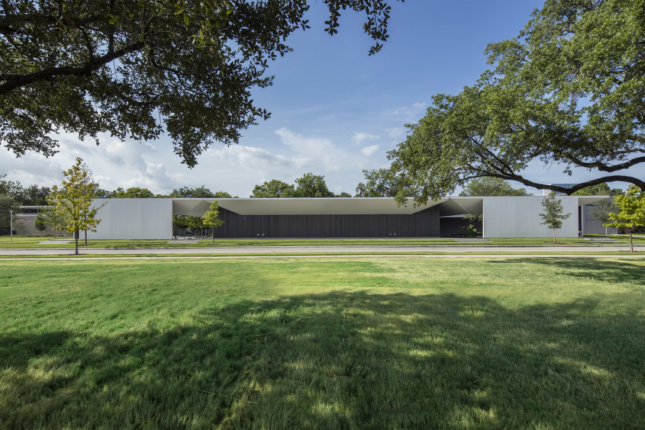
Nestled on the lush grounds of Houston’s Menil Collection, the Menil Drawing Institute is often described as Johnston Marklee’s “big break,” the firm having won the coveted commission over fellow finalists Tatiana Bilbao Estudio, David Chipperfield Architects, and SANAA. Low-slung and arranged around a trio of open-roof courtyards, the relatively compact museum building—completed in 2018, it’s the fifth to join the Menil Collection’s 30-acre campus—works carefully considered magic with natural daylighting by harnessing sun-blocking steel canopies, light-filtering plantings, and hypercalibrated window placement.
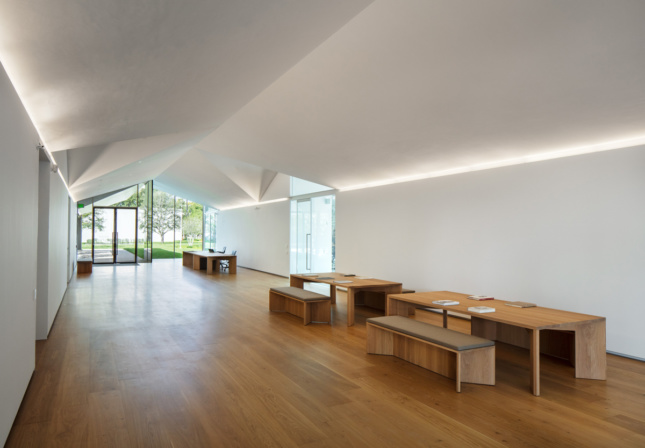
The result ultimately feels more domestic than institutional. “There’s a generosity about it, an intimacy with the viewer,” said Johnston. Nicholas Hofstede, managing director at Johnston Marklee, added that the building’s cozy accessibility benefits from a design approach that’s “not so much formalist but pragmatic.”
Margo Leavin Graduate Art Studios
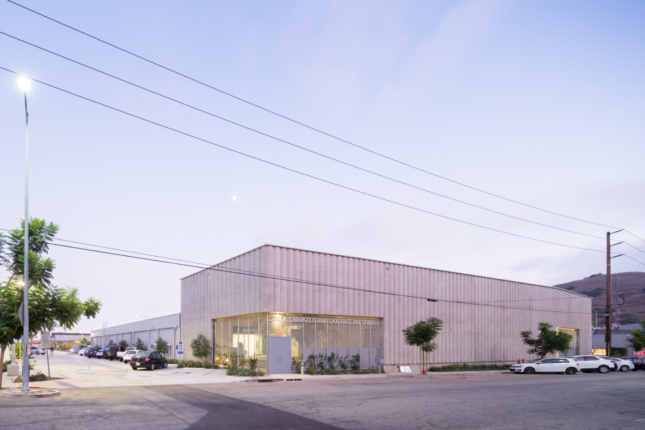
Completed in 2019 for the School of Arts and Architecture at the University of California, Los Angeles, the Margo Leavin Graduate Art Studios breathe new life into an old wallpaper factory in Culver City, California, without stripping the space of its historical patina. Located in a once down-and-out industrial zone known as the Hayden Tract, the project combines an adaptive reuse agenda with a 26,800-square-foot expansion in line, said Johnston, with the architects’ dual objective to find “contemporary expressions within a historic warehouse building” while “thinking about every square inch as a production space.” This approach lends the bustling complex, which includes studios, galleries, classrooms, laboratories, and an artist-in-residence loft, more of a “factory than a school sensibility.”
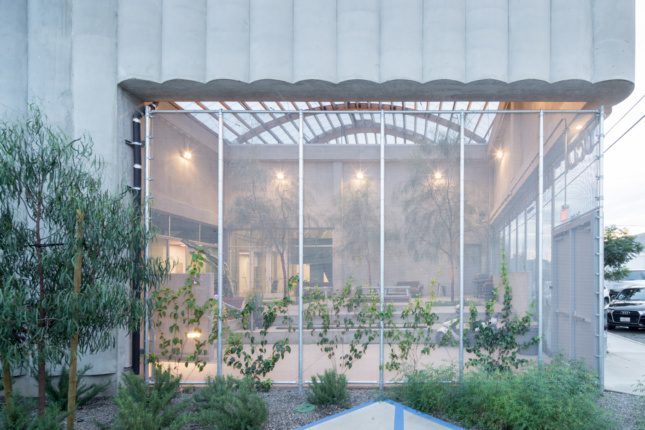
Philadelphia Contemporary
Philadelphia Contemporary, a peripatetic four-year-old nonprofit arts organization—or “curatorial institution,” as it describes itself—announced in 2018 that it had enlisted the firm to design its first permanent home following an exhaustive search. What this much-talked-about home might look like has yet to be publicly unveiled. But the project has opened a door for Johnston Marklee—a firm that’s unfailingly mindful of local context and that places such emphasis on architectural fundamentals like light and proportion of space—to “think about buildings that are more like scaffolds for programming,” Johnston suggested. “What does it mean for an itinerant arts institution to have a home?”











